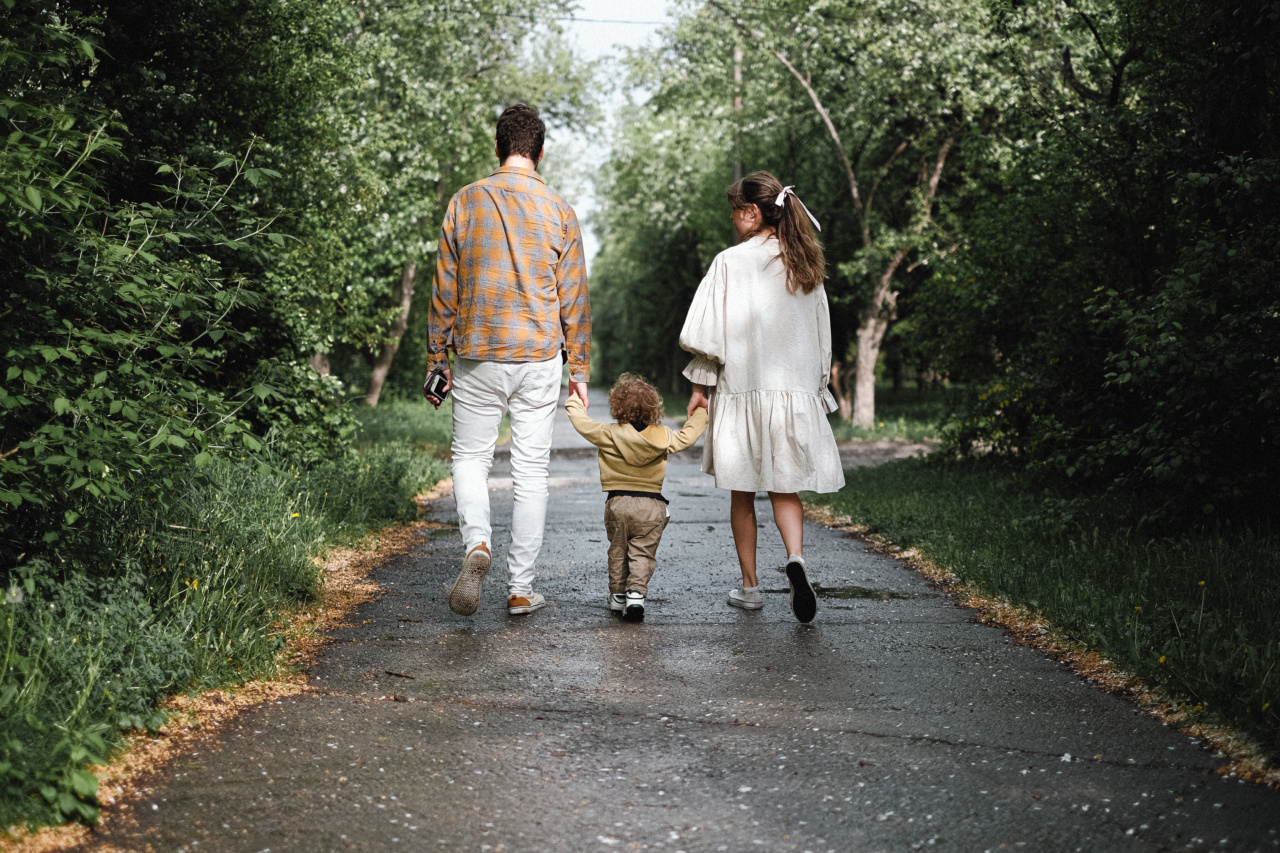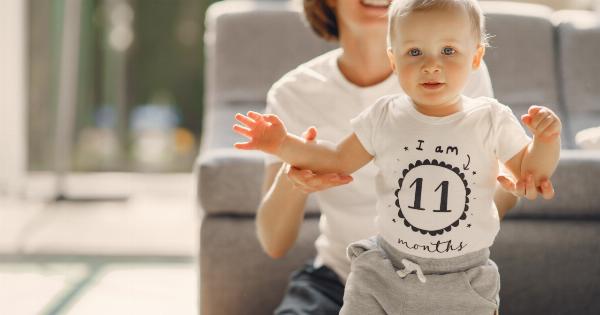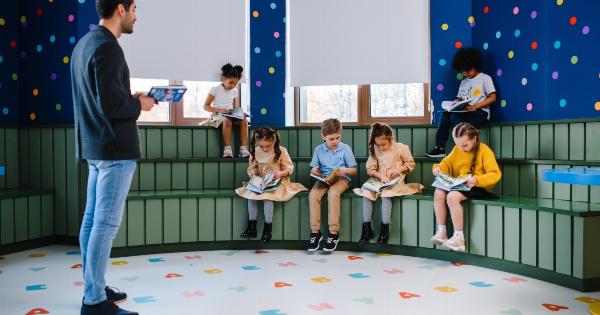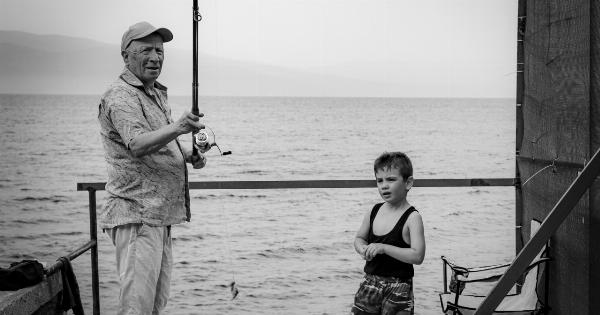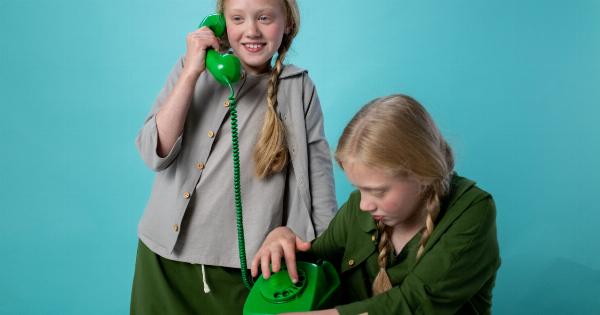The way parents raise their children has evolved significantly over the years, reflecting societal changes and shifting cultural norms.
In the 1990s, the prevalent parenting style was often characterized as overprotective and cautious, giving rise to the term “helicopter parents.” However, in recent years, there has been a shift towards a more hands-off approach known as free-range parenting. This article explores the key differences between 90s parenting and modern parenting, highlighting the factors that have influenced this change.
The Rise of Helicopter Parents
In the 90s, parenting styles were heavily influenced by various factors, including the increase in crime rates, rise of the internet, and growing emphasis on academic success.
As a result, parents became increasingly involved in their children’s lives, constantly hovering over them to ensure their safety and success. This phenomenon led to the term “helicopter parents,” which referred to parents who constantly hovered and intervened in their children’s lives, often shielding them from any potential harm or failure.
Parental Involvement
One of the hallmark characteristics of 90s parenting was the high degree of parental involvement in all aspects of their children’s lives.
Helicopter parents were deeply engaged in their children’s education, attending parent-teacher conferences, meticulously overseeing homework assignments, and pressuring schools for better grades or placements. They also heavily scheduled their children’s extracurricular activities, aiming to develop well-rounded individuals.
The Fear Factor
The 90s saw a heightened sense of fear among parents due to widely publicized instances of child abductions and school shootings. Media coverage of such events amplified parents’ fears and led to a greater inclination towards overprotectiveness.
This fear factor played a significant role in shaping parenting practices, as parents sought to shield their children from any potential danger.
Technology and Parenting
The advent of the internet and technology in the 90s posed new challenges for parents. Concerns about online safety and exposure to explicit content led to increased monitoring of children’s online activities.
Helicopter parents closely monitored their children’s internet usage, implemented strict parental controls, and limited screen time. They aimed to protect their children from cyberbullying, online predators, and other potential dangers associated with the digital world.
Shifting Paradigm: Free-Range Parenting
In recent years, there has been a noticeable shift away from overprotective parenting towards a more hands-off approach known as free-range parenting.
This movement emphasizes giving children more autonomy and freedom to explore the world around them, fostering independence and resilience.
Unstructured Playtime
Free-range parenting promotes unstructured playtime, allowing children to engage in imaginative play and develop problem-solving skills on their own.
It encourages parents to step back and let their children independently navigate social situations and conflicts, fostering important social and emotional development.
Embracing Risk
Unlike helicopter parents, free-range parents recognize and accept that some level of risk is essential for children’s growth and development.
They believe that allowing children to experience age-appropriate risks, such as climbing trees or riding bicycles unsupervised, helps build resilience and teaches them valuable life skills.
Encouraging Responsibility
Free-range parents encourage their children to take on age-appropriate responsibilities and make decisions independently. This includes tasks like preparing their own meals, completing household chores, and managing their time effectively.
By doing so, children develop a sense of self-reliance and develop essential life skills.
Factors Influencing the Shift
Several factors have contributed to the shift from helicopter parenting to free-range parenting.
Firstly, increasing research and understanding about the importance of play and child-led exploration have challenged the notion that constant supervision is necessary for optimal development.
Secondly, the growing emphasis on mental health and well-being has highlighted the importance of fostering children’s resilience and independence.
Parents are now more aware of the negative consequences of overprotectiveness and the benefits of allowing children to take risks.
Lastly, the changing dynamics of work-life balance have played a role. With many parents juggling demanding careers, they may have less time and energy to engage in helicopter parenting practices.
As a result, they may be more inclined to adopt a free-range approach that allows for greater independence and self-sufficiency.
Conclusion
In summary, parenting styles have significantly evolved from the overprotective, highly involved approach of helicopter parenting in the 90s to the more hands-off style of free-range parenting today.
This shift has been influenced by changing societal factors, including advancements in technology, increased awareness of the benefits of unstructured play, and a focus on fostering resilience and independence in children. As parents continue to adapt to societal changes and gain insights into effective parenting strategies, it is likely that new approaches will continue to emerge.
